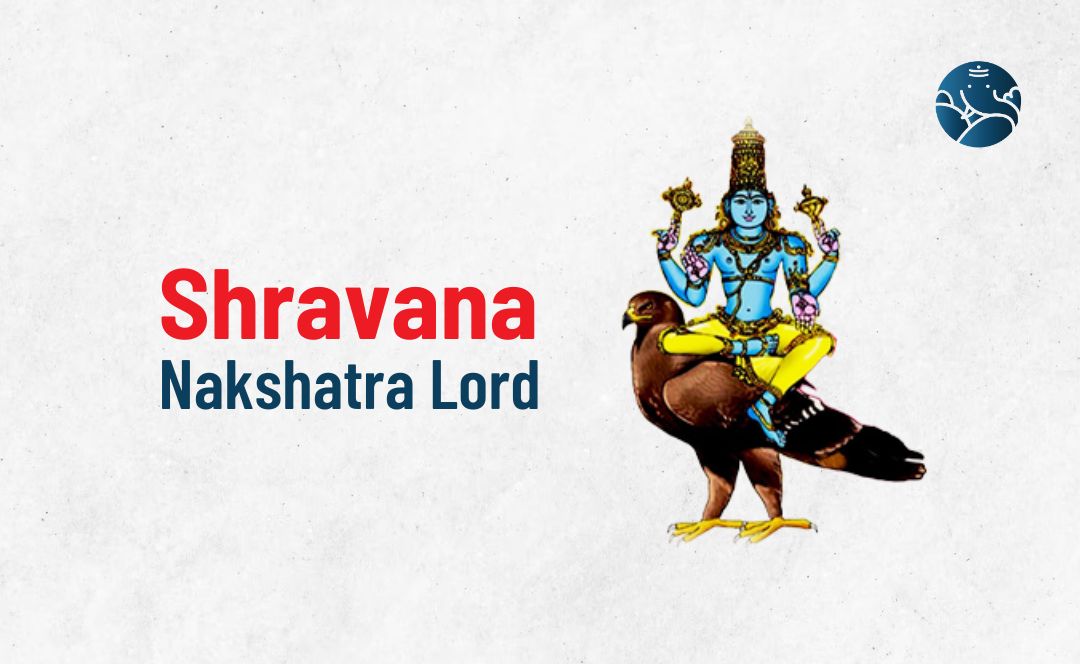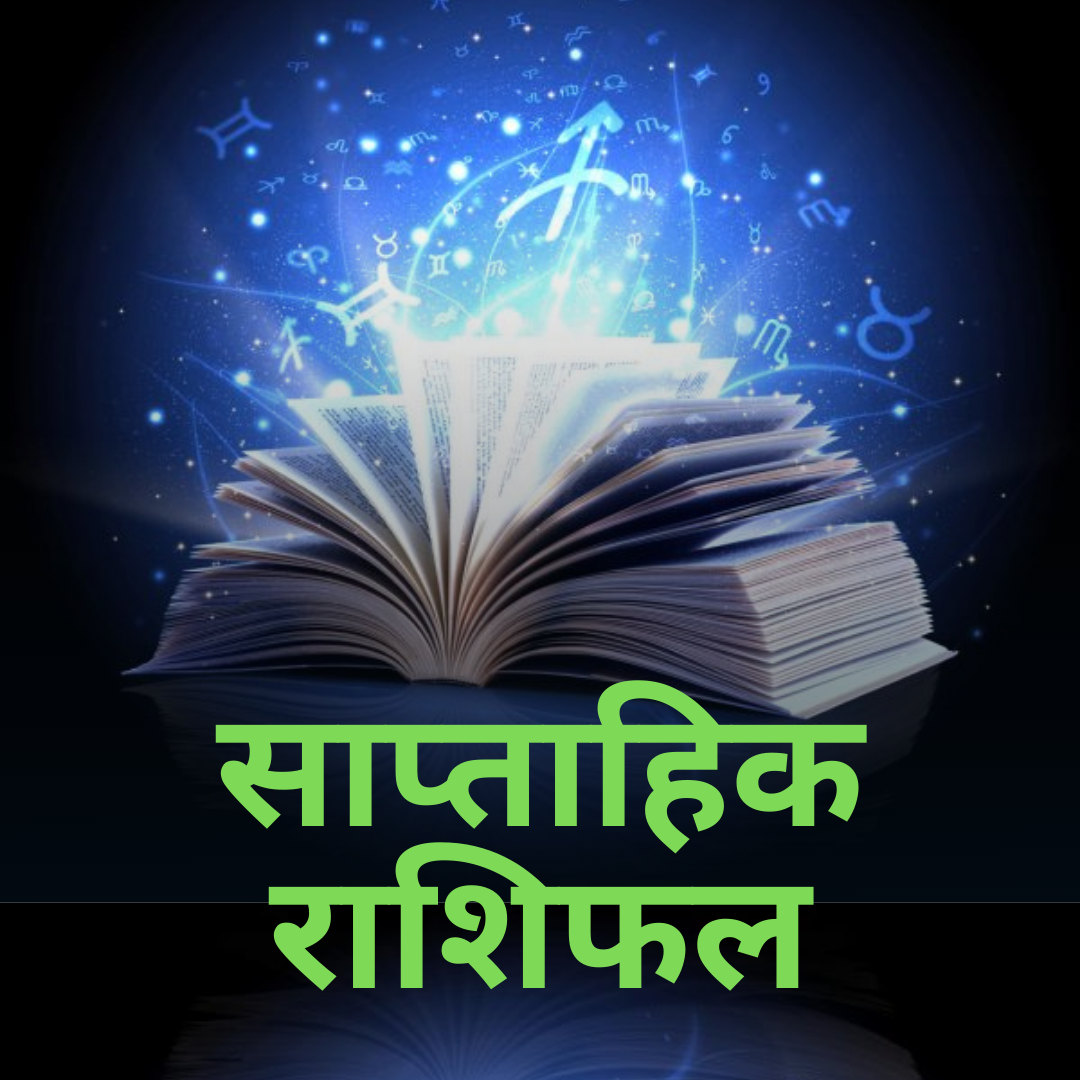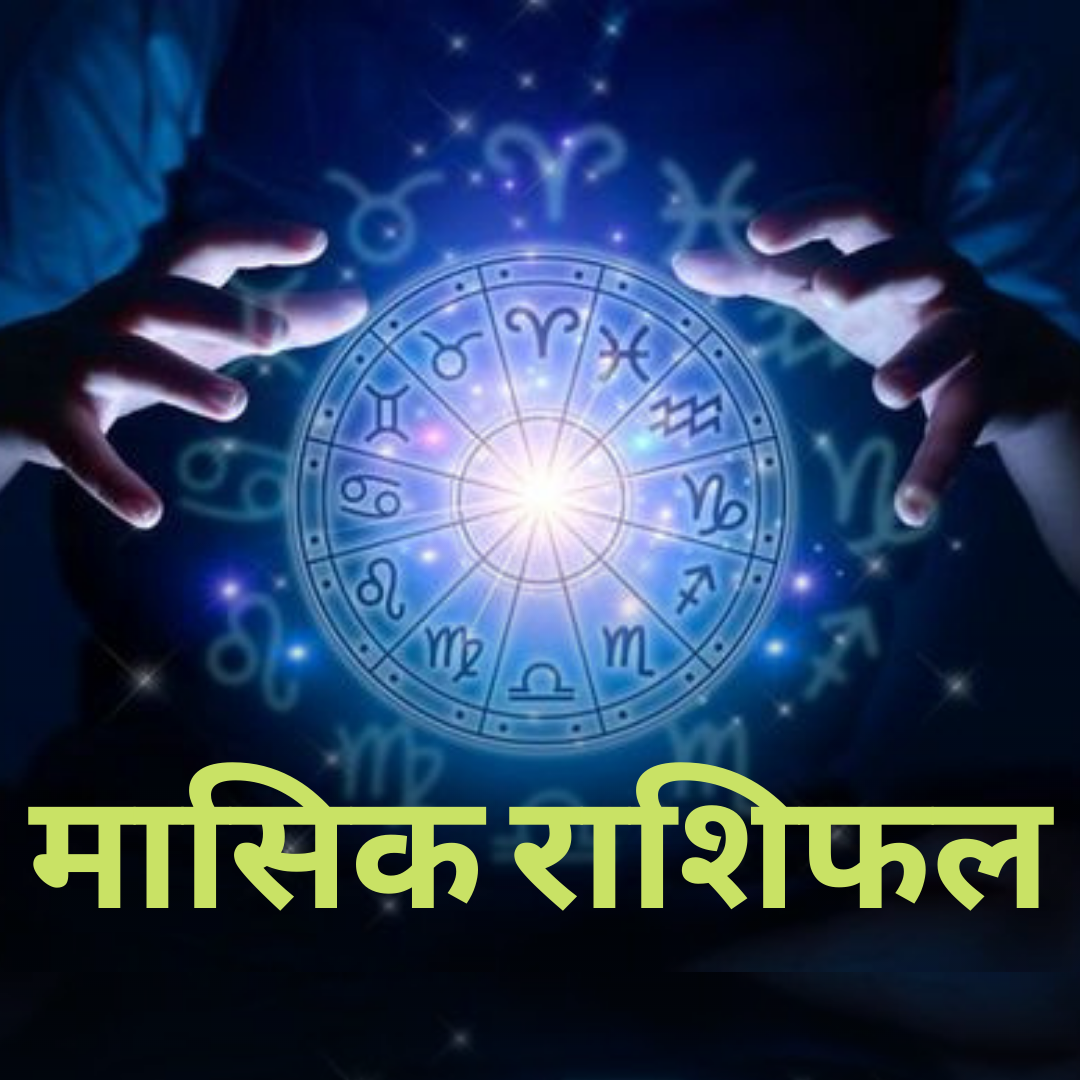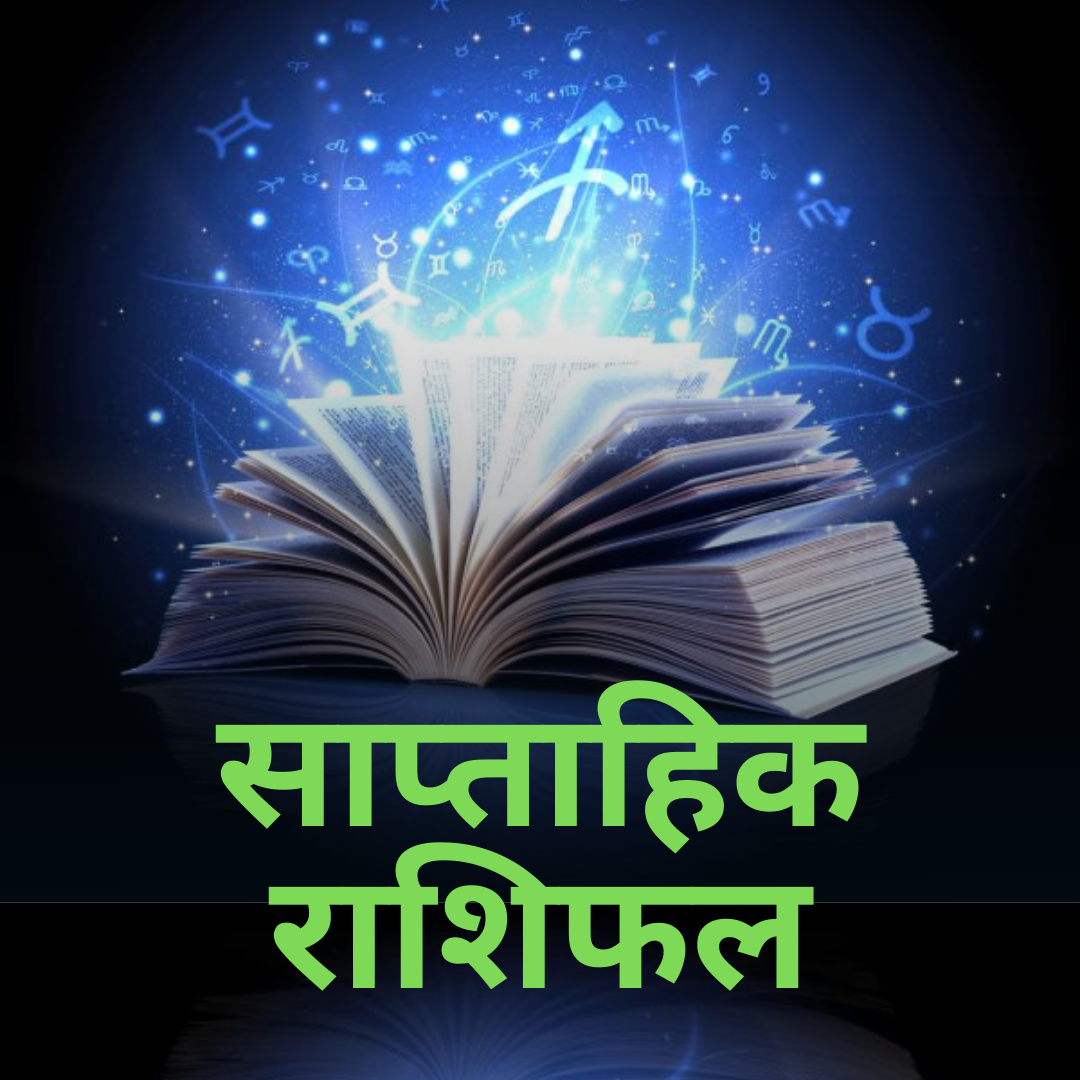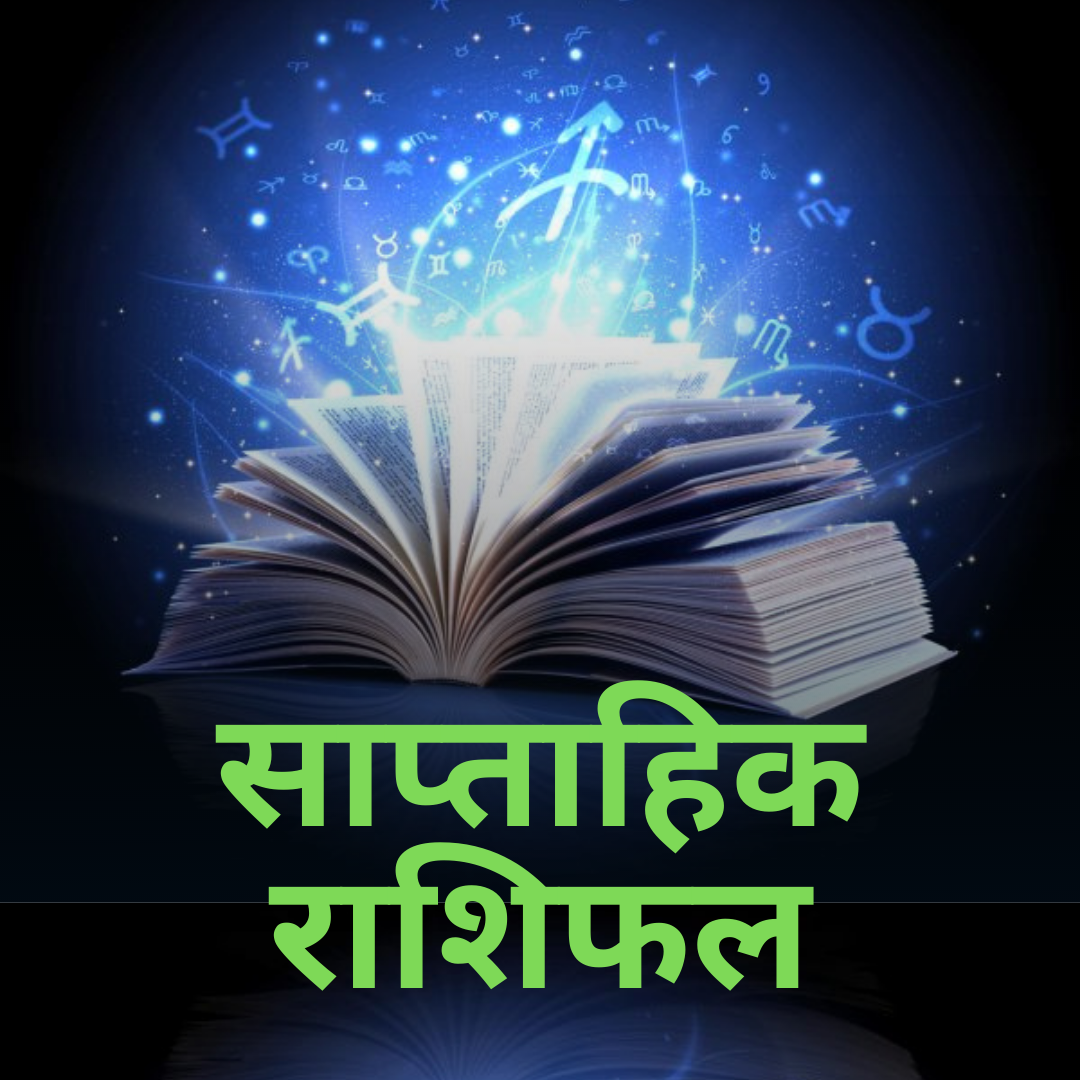
Kajari Teej Date, Significance, Puja Vidhi and Katha
Kajari Teej is a major fast and festival celebrated in Hinduism, which is especially celebrated on the Tritiya Tithi of Krishna Paksha of Bhadrapada month. This fast is mainly observed by married women for the longevity, happiness, prosperity, and well-being of their husbands and the well-being of the family. In the northern Indian states of Uttar Pradesh, Bihar, Madhya Pradesh, and Rajasthan, this Teej is highly revered and devoted.
Kajri Teej is also known as Badi Teej, Kajalia Teej, Satudi Teej, or Budhi Teej. In this Teej fast, unmarried girls also worship on this day and follow the rules of the fast to get a desired life partner. Unmarried women celebrate this festival with devotion to get a suitable groom. Keep a fast on this day, and pray to the Goddess for an ideal life partner. Deep cultural and spiritual importance may be found in Kajari Teej. On this day, adoration is offered to Lord Shiva and Goddess Parvati. Who provides love, devotion, and auspiciousness of married life? This festival is a symbol of faith, culture, and women's power.
Kajari Teej Date
Kajari Teej on Tuesday, 12 August 2025
Tritiya Date Starts - 11 August 2025 at 10:33 am
Tritiya Date Ends - 12 August 2025 at 08:40 am
Kajari Teej Significance
Kajari Teej is a special festival of the Hindu subculture, which has first-rate non secular, cultural, and circle of relatives importance. This speed is especially observed by married women for long life, happiness, and prosperity in their husbands and family welfare.
The essential reason for this fast is to reveal ladies' strength and sacrifice. Women observe fast on this day, perform special puja, and worship Neemdi Mata (Kajri Devi). This competition falls within the rainy season, when the earth is blanketed with greenery, and for this reason, this pageant is also considered to be associated with nature and agriculture. Farmers pray for an amazing harvest and favorable weather.
Another vital thing about Kajari Teej is people's lifestyle. On the other hand, ladies get dressed up in traditional costumes, swing and sing Kajari songs, which can be related to love, separation, and the splendor of nature. This competition fills women with mental and social pleasure, in which they specific their religion and love amongst their own family and society.
Overall, Kajari Teej is a pageant that has become a symbol of devotion, nature, womanhood, and family values. It now not only complements the religious balance but also continues the folk traditions alive.
Kajari Teej Puja Vidhi
Particularly, women who are religious and devout observe Kajari Teej. This fast is not only observed for the long life and happiness of the husband, but is also considered extremely fruitful for family welfare and child happiness.
On the day of the fast, it is mandatory to wake up in Brahma Muhurta and take a bath. Both body and thoughts ought to be kept pure. The place of worship should be clean and sacred.
The fasting woman takes a vow of fasting for the long life, happiness, and prosperity of her husband and the well-being of the family. This resolution should be taken with full faith and devotion in the mind.
On Kajari Teej, most women observe a Nirjal fast, that is, they do not consume water or food throughout the day. If the health condition is weak, then fruit diet or fruit diet can be avoided.
On the day of the fast, Goddess Neemdi (Kajri Mata) should be duly worshipped. Neem twig, clay idol, sixteen makeup items, flowers, lamp, and water are used in the worship.
After seeing the moon at night, it is necessary to offer water, rice, and roli to it. Offering arghya to the moon causes the most damage to the fast.
One should avoid anger, lies, slander, laziness, and negative thinking on the day of the fast. In the guidance of everyone, love and harmony are vital.
In the evening, ladies wearing traditional apparel swing and sing Kajari songs, which keep the cultural lifestyle of the fast alive.
Kajari Teej Katha
The Kajari Teej Vrat Katha describes a terrible Brahmin who resided in a hamlet. His condition was so pitiable that he could eat only twice a day. One day, the Brahmin's wife resolved to keep the Kajari Teej fast and asked her husband to bring gram flour for the fast. Hearing this, the Brahmin got worried that if he did not have so much money, then where would he get flour from?
In such a situation, the wife said that whether you steal or rob, you bring flour for me. In such a situation, the Brahmin reached the moneylender's shop. Reaching there, he saw that along with the moneylender, all his servants were also sleeping. In such a situation, the Brahmin secretly went to the shop and started bringing flour. In such a situation, the servants woke up due to his noise, and they started shouting thief-thief.
In such a situation, the moneylender woke up and saw the Brahmin. He caught the Brahmin. The Brahmin then mentioned that he is wearing a handful of 1.25 kg of grain and that he is not a thief. The Brahmin instructed that his spouse keep the quick of Kajari Teej, and for this she needs puja cloth. So he has taken only sattu. Hearing this, the moneylender searched the Brahmin, but he had nothing.
The moneylender's eyes became moist. He told the Brahmin that from now on, he would consider his wife as his sister. After this, the moneylender gave the Brahmin cash, mehendi, sattu, and different gadgets and bid him farewell. It is said that by fasting on this day, all wishes are fulfilled and the husband's life is long.
Conclusion
The holy festival of Kajari Teej represents the strength, loyalty, and love of family that women possess. This fast shows the sacrifice, dedication, and unwavering faith of women towards their family. Through this festival, women not only pray for the long life of their husbands and the happiness of the family, but also keep our cultural traditions and folk songs alive. Kajari Teej conveys the values of societal peace, affection for the natural world, and spiritual faith. If you want to know more about Kajari Teej, then talk to astrologers.


